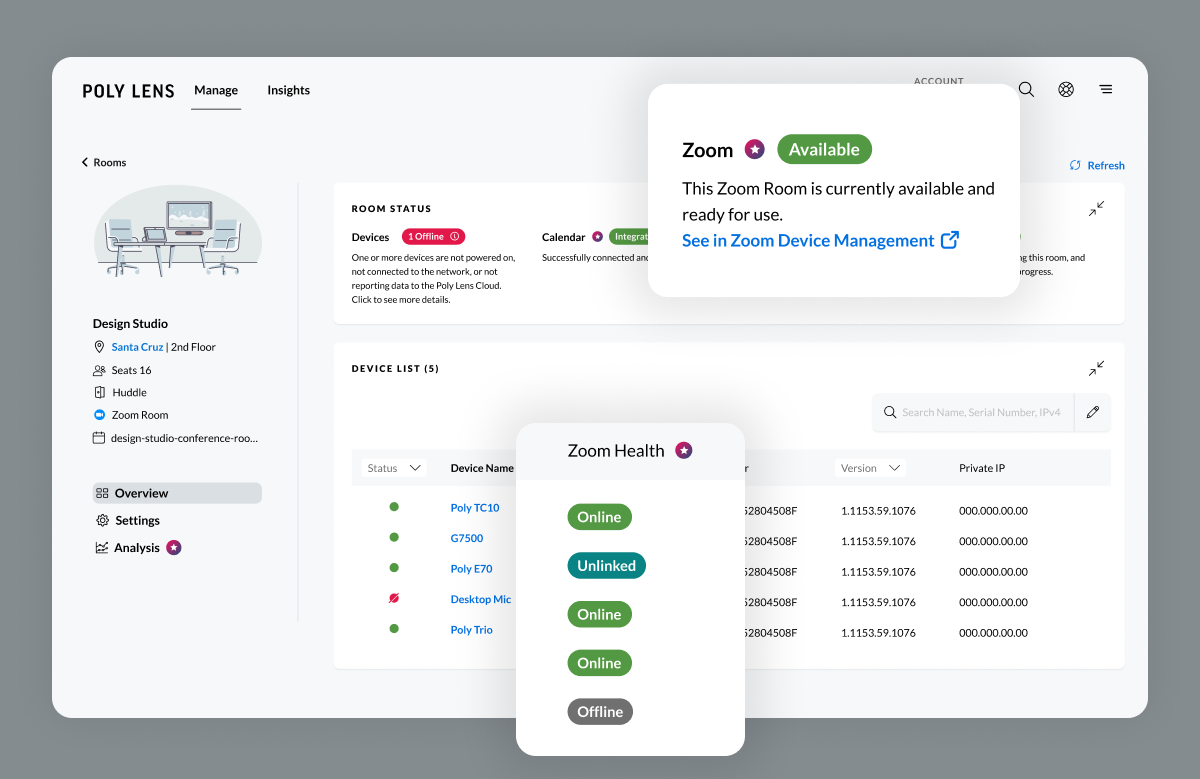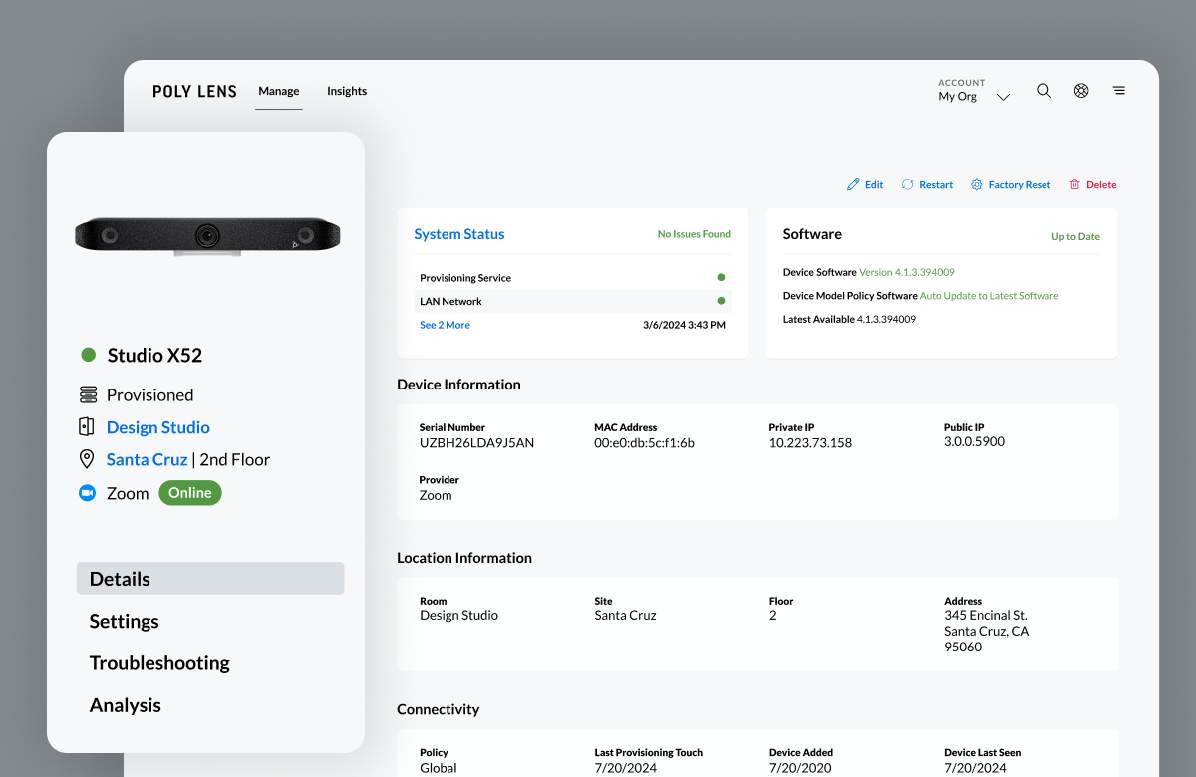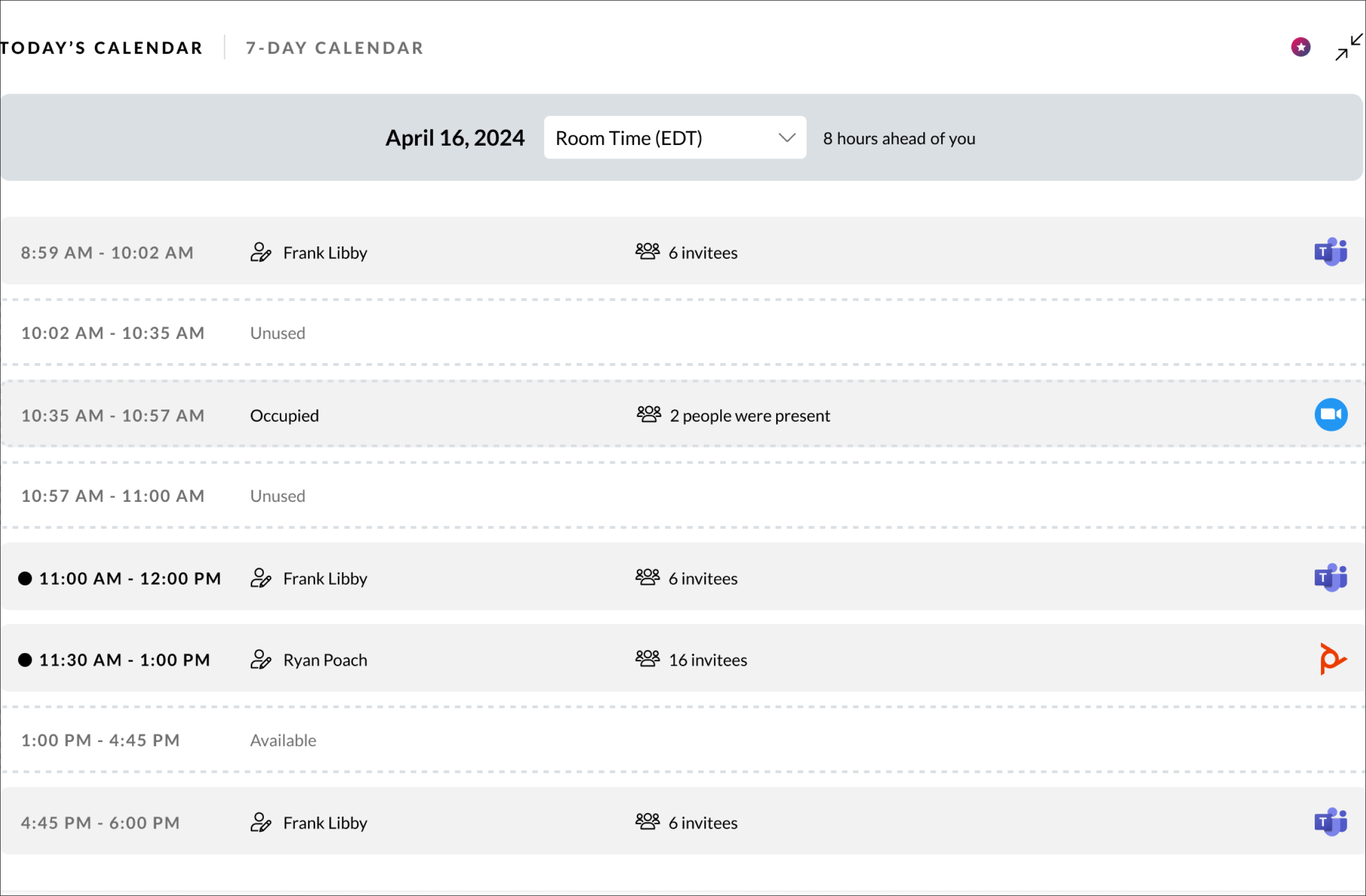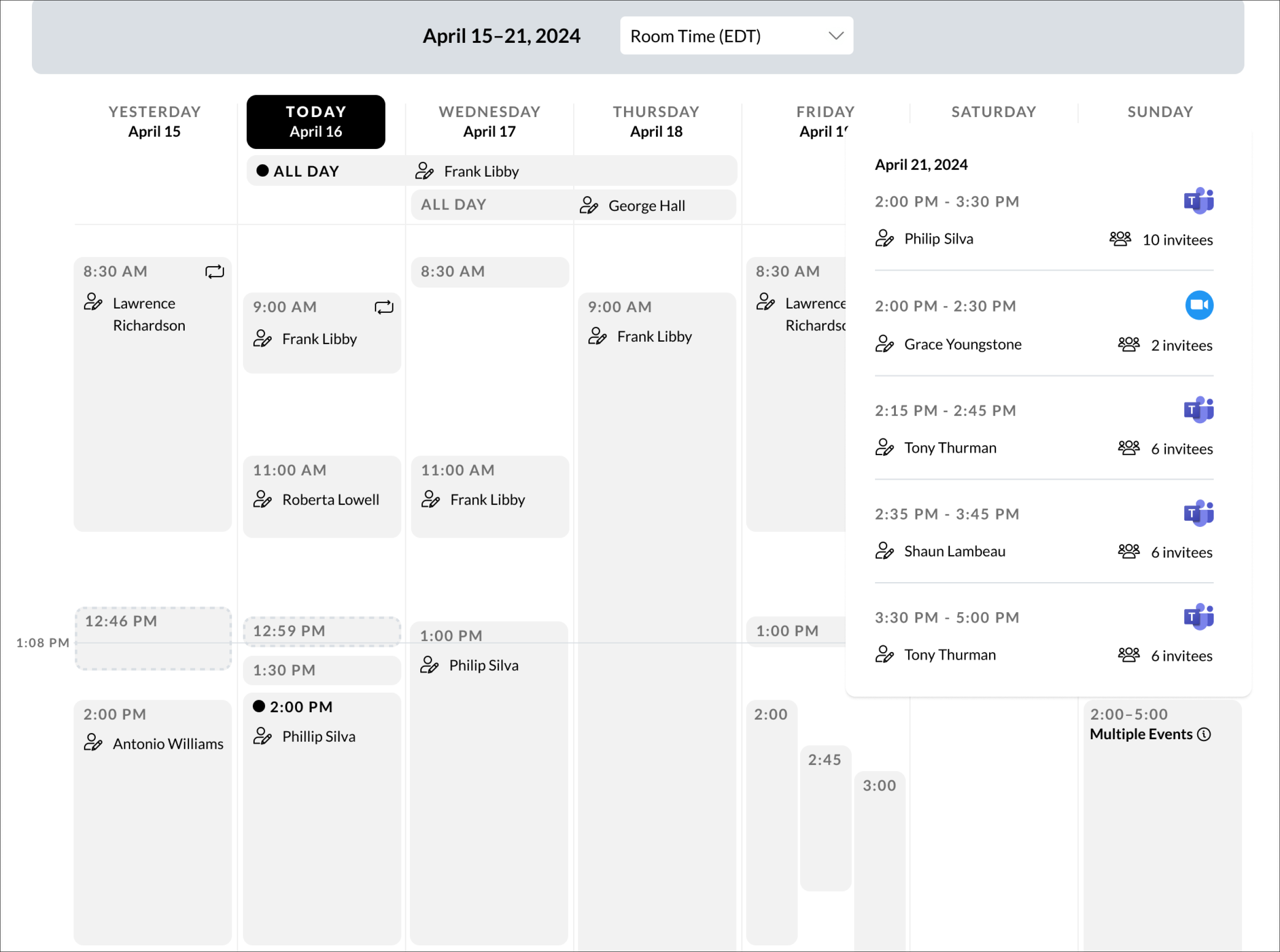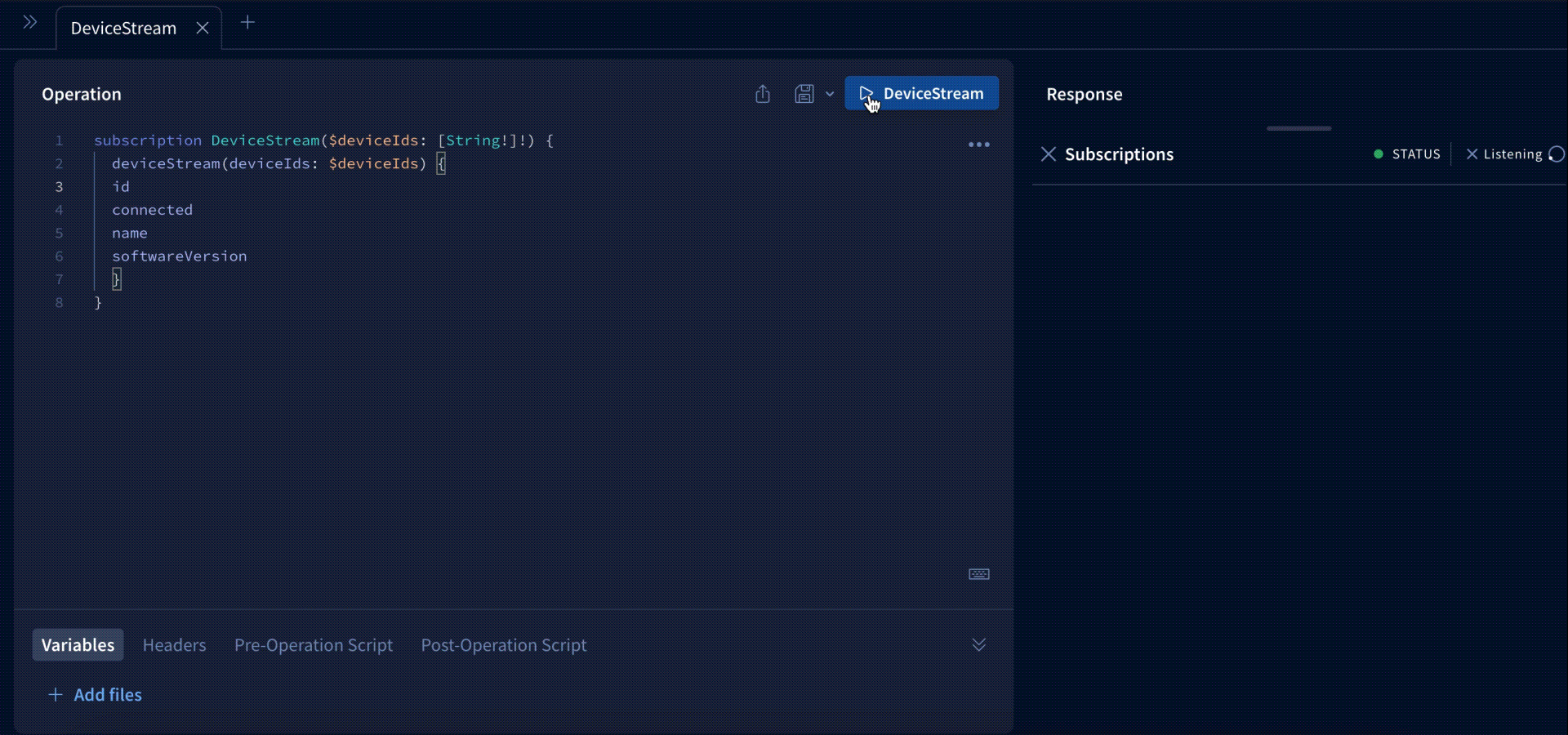You might have noticed some major changes in the Dashboard today. We now have a Rooms dedicated dashboard and a few more new charts. Let's break that down.
Inventory and Rooms Dashboard
For a more targeted experience, we have expanded the Dashboard into two views:
Inventory Dashboard: Device-centered usage and health metrics. We added a highly requested device model dropdown so you can monitor specific models or groups of models.
Rooms Dashboard: Shared space dynamics. Get a clear picture of workplace occupancy and performance from the devices in your Lens Rooms.
Managing a modern organization effectively hinges on insight into both your tech landscape and your physical workplaces. This new layout is designed to help you stay organized to do just that. Dive into each dedicated view for a more focused and intuitive experience to monitor and manage your devices and spaces.
Total Room Use Chart
Another popular request is the ability to access site usage patterns more easily. So, we brought over the Total Room Use chart to the Dashboard. Identify peak usage periods, compare Site to Site growth, or analyze meeting length trends with Total Meeting Hours and Number of Meetings over Time. This chart uses a combination of People Counting, Call Detail Records, and Content Sharing data from Room Devices to identify meetings. Total Room Use is now available in the Rooms Dashboard.
Rooms Booked vs. Occupied Chart
Integrated your calendar yet in Lens? Unlock booking insights in the Dashboard with the new Rooms Booked vs. Occupied chart. Hours Booked shows the total amount of time your Rooms are booked as per your Calendar. This gives you a clear picture of planned Room usage and scheduling demands. Hours Occupied tracks the actual time Rooms are occupied from People Counting data. With access to these behaviors and their relationship, tailor your policies to keep your office nimble and productive. Unscheduled meetings can indicate a dynamic and collaborative work culture but can take away resources unexpectedly. Conversely, no-show meetings can be silent Room wasters. Rooms Booked vs. Occupied is now available in the Rooms Dashboard and requires Calendar Integration.
What’s Next
We temporarily removed the Occupancy by Day of Week chart while we work on some needed enhancements. Thanks to your feedback, we have identified areas where it could be improved significantly, and we can’t wait to show you. Stay tuned for updates. While you wait, explore your Dashboard today to see how this latest update has twice the insight.
